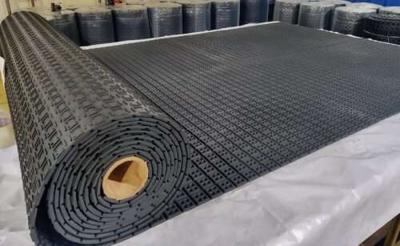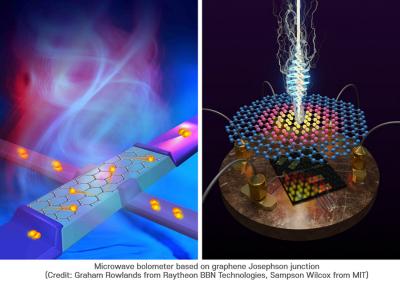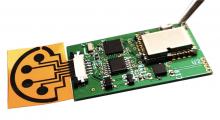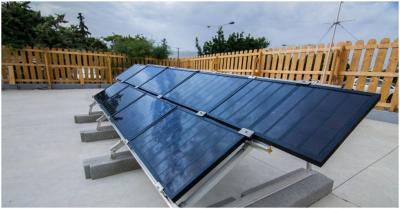GrapheneCA launches new graphene-based antimicrobial coating
 Graphene supplier and product manufacturer Nano Graphene (AKA GrapheneCA) has announced that it is adding a new antimicrobial product to protect glass surfaces in public and private places from dangerous microorganisms.
Graphene supplier and product manufacturer Nano Graphene (AKA GrapheneCA) has announced that it is adding a new antimicrobial product to protect glass surfaces in public and private places from dangerous microorganisms.
GrapheneCA has developed a new graphene-improved ceramic-based coating with a built-in antimicrobial additive for protection of various types of glass for up to 2 years. The superhydrophobic coating constantly guards surfaces, which is particularly important in-between the regular cleaning cycles. Produced jointly with a global aerospace specialty coating maker, the antimicrobial product is user-friendly and easy to apply. Once applied, it dries within 20 minutes, and is invisible to the human eye.



